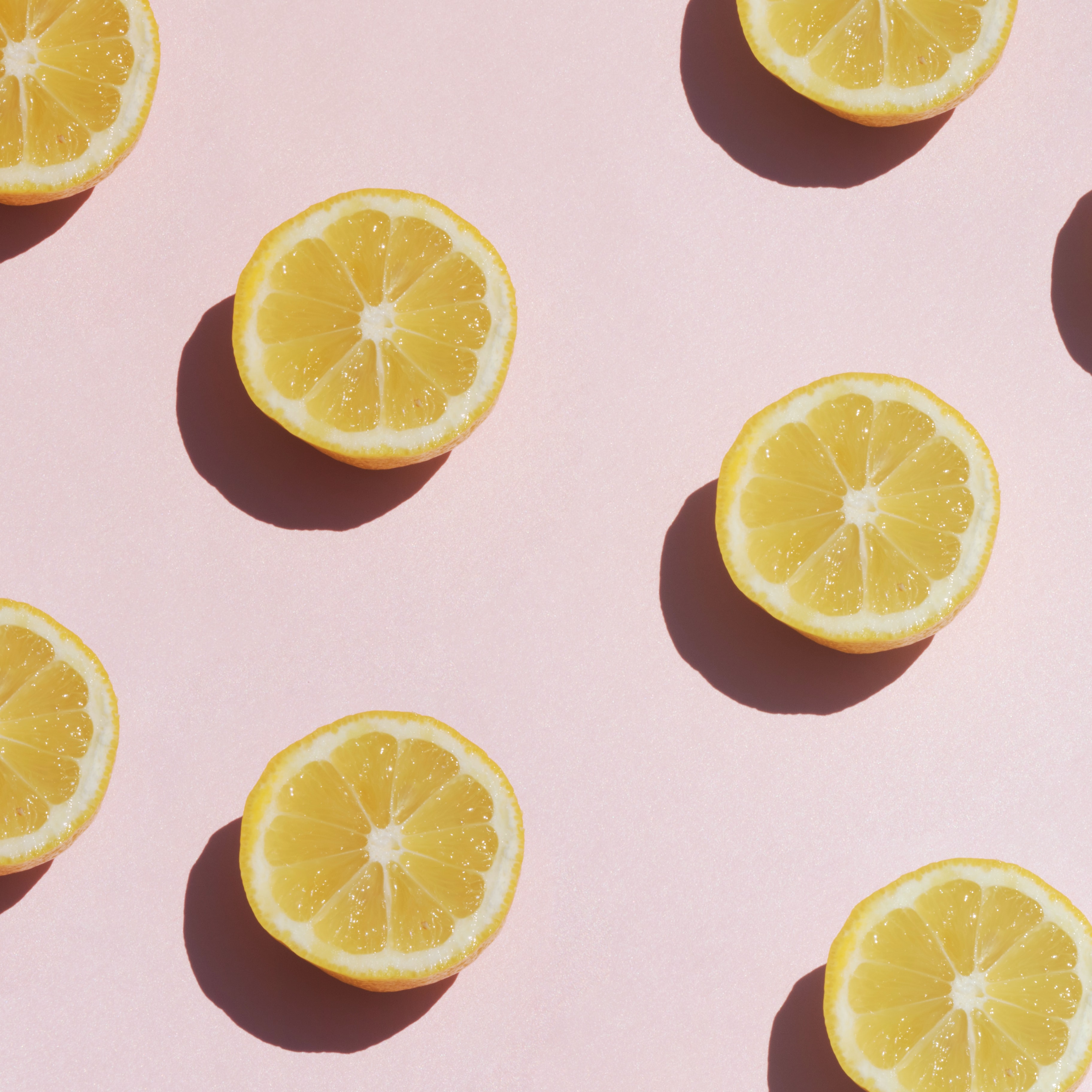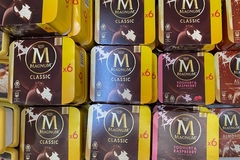
- Industry news
Industry news
- Category news
Category news
- Reports
- Key trends
- Multimedia
- Journal
- Events
- Suppliers
- Home
- Industry news
Industry news
- Category news
Category news
- Reports
- Key trends
- Multimedia
- Events
- Suppliers
Closing the fiber gap: Industry taps into rich digestible fiber to boost consumer intake

17 Aug 2022 --- It can be challenging to meet the daily recommended value of fiber in the typical 2,000-calorie diet, industry flags. However, this is an opportunity for the sector to tap into the existing gaps in the consumer diets and, therefore, into the fiber fortification market.
Lack of fiber in diets is an issue that spreads wide across many countries. For example, in the UK, adults consume 19.7 g of fiber per day on average (of the recommended 30 g), and in France, nearly 90% do not consume the daily recommended fiber level, and similar percentages are found across other European countries.
CP Kelco, Nexira, JRS, Sensus, Taiyo Europe and ADM talk with FoodIngredientsFirst about the latest trends around fiber, the products and ingredients shaping the market and how to boost daily intake.

Gut health on solid footing
Industry agrees on the importance of intestinal health, with new science on the benefits of fiber on energy-metabolism, immune health, muscles and skin driving the market.
“Awareness of the role of fiber in improving gut health is well established now. Another fast-growing area of interest is the connection between fiber, gut health and immunity,” flags Frederique Respondek, director of nutrition and wellness innovation at CP Kelco.
“Fiber is the number one ingredient consumers want to add to their diets for reasons like digestion, weight management and satiety,” adds Deanne Dick, director of fiber at ADM.
“The fiber better-for-you trend related to intestinal health will continue, as it affects many consumers, but it will still take a while before they reach the recommended daily amount of fiber,” expand Annegret Bögner & Anne Widmann, regulatory and nutrition experts at JRS.
Even if consumers are aware of the 30 g benchmark, it is still difficult to reach, as higher prices of fruits and vegetables and the convenience of processed food remain obstacles, highlights Julie Impérato, marketing manager at Nexira.
Moreover, attempting to reach the target by consuming any type of fiber might be counterproductive.
“Many fibers have self-limiting effects,” flags Stefan Siebrecht, managing director of Taiyo Europe.
Short-term effects like diarrhea can be caused by fructooligosaccharides (FOS) and galactooligosaccharides (GOS), and some other indigestible fibers can decrease the gut barrier and cause inflammation, explains Siebrecht.
 Around nine of every ten people across Europe don’t consume enough fiber.Reaching the 30 g mark
Around nine of every ten people across Europe don’t consume enough fiber.Reaching the 30 g mark
The primary aim of any supplement is to reach the recommended intake without causing any side effects. In the case of fibers, supplements have the 30 g mark as its goal, which in most cases translates to around 10 g per day as consumers already eat the rest through their everyday diets.
Dick explains that ADM’s Fibersol can be “well-tolerated at up to 68 g per day” by tapping into a slower fermentation in the intestine, leading to less gastric distress than other fibers of quicker fermentation. Fibersol also supports functionality in reduced sugar applications.
Also gentle with sensitive guts, Sunfiber from Taiyo Europe allows for the intake of 20 g per day for patients with Irritable Bowel Syndrome.
CP Kelco and JRS opt for citrus-fiber solutions. JRS’s Vitacel citrus fiber strength lies in consumer acceptance, both more sensory due to its neutral taste and its positive image, according to Bögner and Widmann. JRS also provides a wheat-based Vitacel alternative product that is more suited for “extremely high fiber content” diets while providing “very good gastrointestinal tolerability.”
Vitacel citrus version is bannered by JRS as a solution for low-carb diets that can avoid a lack of dietary fiber. CP Kelco, on the other hand, highlights that its upcycled citrus products – Nutrava Citrus Fiber and Genu Pectin – “support health while also supporting the environment’s health. Relying solely on byproducts of the juice industry.
Innova Market Insights named “Upcycling Redefined” one of its Top Ten Trends for 2022, a part of the more significant number one trend: “Shared Planet.” With companies advancing sustainability efforts, upcycling has become an interesting possibility, with untapped potential on the horizon.
Upcycling citrus from juices also helps simplify the supply chain, which is always welcomed in a year flustered by logistical trouble.
“Citrus fiber can help reduce the use of, or act as an alternative, to starch, sugar, oil, locust bean gum, methylcellulose, egg and other ingredients that may be hard to source currently due to shortages and supply chain issues,” underscores William Letsinger, senior director of strategy at CP Kelco.
Acacia fiber gaining ground Even if consumers are aware of the 30 g benchmark, it is still difficult to reach due to high food prices, flags Impérato.
Even if consumers are aware of the 30 g benchmark, it is still difficult to reach due to high food prices, flags Impérato.
While citrus fibers or chicory root are more mainstream fibers. Nexira banners acacia as a rising star, with the company’s numbers pointing to an 18% growth rate between April 2021 and March 2022.
“Acacia fiber has so many advantages: it is a sustainable and organic fiber, carefully sourced from acacia trees in the Sahel,” explains Impérato.
“More and more brands want to emphasize sustainability, clean labels and health. Acacia fiber has a wonderful story, talking about the African origin, the positive impact on the local population and on the environment. With our acacia-based brand inavea Pure Acacia, we even go further by offering a low-carbon acacia fiber,” she continues.
Impérato flags that acacia gum is soluble, easy-to-use and has wide applications from beverages to bakeries, and can be used in powders and bars.
“It is highly tolerable, with a gentle and slow fermentation: no discomfort, even at a high dosage,” She explains that its prebiotic effect is scientifically proven with a positive impact on the microbiome through the promotion of specific strains.
Sports bars are the leading category for acacia fiber, followed by beverages such as flavored bottled water, iced coffee and iced tea. However, bakery and snacks are also important categories. The big advantage of acacia fiber is to fortify cereals or breads with gluten-free fiber.
 CP Kelco upcycles fiber from juices, which greatly simplifies its supply chain while being environmentally friendly.Latest trends
CP Kelco upcycles fiber from juices, which greatly simplifies its supply chain while being environmentally friendly.Latest trends
Industry reveals some of the latest trends in fiber fortification that are reaching the market.
Siebrecht flags that using soluble prebiotic fiber is critical for the human microbiome in hybrid drinks such as fiber waters, energy drinks, functional colas, soft drinks, fiber tea and energy tea. Furthermore, it can be used in fruit juice powders “where maltodextrin as hidden sugar is replaced by a prebiotic fiber to create synergies between fiber and polyphenols on gut-skin-axis, gut-immune-axis and the gut-muscle-axis.”
It also can be formulated into “prebiotic sweeteners where maltodextrin as hidden sugar is replaced by a prebiotic fiber to buffer the negative side effects of the sweetener such as appetite increase or negative impact on the microbiome,” he continues.
“The latest trend in fiber fortification involves fiber blends that complement each other in terms of molecular structures and provide complementary effects on the gut microbiome and associated health benefits,” affirms Respondek.
“Not all fibers are the same. Offering a variety of foods to the gut bacteria helps to maintain a higher diversity, which supports better resilience of the gut microbiome toward external challenges, such as poor dietary habits or even stress,” he emphasizes.
Jolanda Vermulst, manager of market intelligence at Sensus, reveals that the future of food innovation with prebiotic fiber for brain health is bright, as through diet changes that alter the production of short-chain fatty acids (SCFAs), one can influence mental health. Chicory root can be tapped to change SCFAs production in the human gut.
Bögner & Widmann explain that bread and bread products with a high or added fiber claim are steadily increasing, with the JRS product – Vitacel – trending in combination with gluten-free foods.
Dick adds that ADM’s research shows that 87% of consumers are interested in products formulated with ingredients that support immune function – 65% of those are specifically interested in fiber.
“Our research shows that the combination of fiber with gut or digestive support were ranked in the top five most appealing ingredient and benefit combinations for consumers across various product categories,” she explains.
“Consumers are attracted to and want to see functional foods and beverages with added fiber to proactively support their individual health and wellness demands, like support for digestion, immune function and more. This presents a great opportunity for brands to incorporate fiber into more food and beverage categories,” she concludes.
By Marc Cervera










